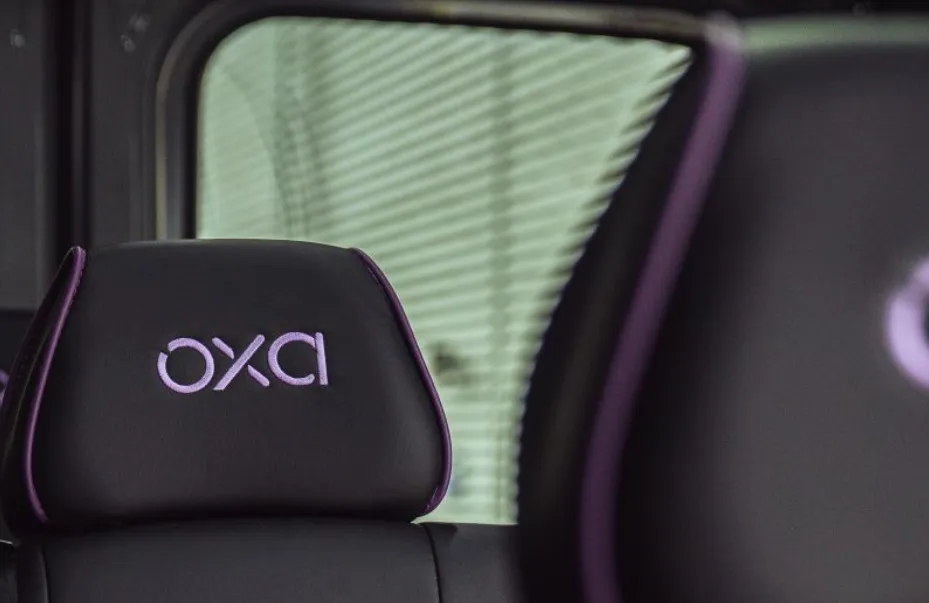Available in a wide range of sizes and LPCB security ratings levels 3 and 4, UltraSecure kiosks can be planned and delivered as prebuilt ‘plug-in’ solutions, complete with M&E services, for easy connection to mains electricity. They can also be supplied as part-assembled or flat pack systems, to suit site logistics and the client’s project needs.
The cabinets and kiosks offer rigorously tested, high durability protection of critical services, materials and restricted areas. Systems can be adapted to specific operational needs from a range of accessories and options, including single or double doors (with or without vision panels), venting louvres, roof escape hatches, and internal lining (timber or recycled plastic). They are compatible with LPCB-approved padlocks and locking/user ID systems, entry and exit hardware, and can be fully integrated with site alarms and the latest access control management.
Flexible-build options for security kiosks
Technocover’s LPCB-approved UltraSecure security kiosks offer protection for transport and highways infrastructure, however challenging the location, with flexible installation options. Available in a wide range of sizes and LPCB security ratings levels 3 and 4, UltraSecure kiosks can be planned and delivered as prebuilt ‘plug-in’ solutions, complete with M&E services, for easy connection to mains electricity. They can also be supplied as part-assembled or flat pack systems, to suit site logistics and the c
May 11, 2015
Read time: 2 mins









